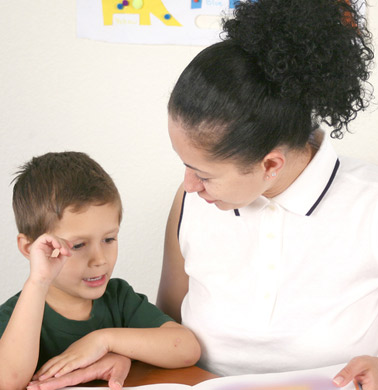00:00
00:00
LESSON 8: Allowable Supports for Students with Disabilities and English Learners
There are a wide range of allowable supports that you can use to help both students with disabilities and English learners to access the KRA. And that is the key idea here - access. You never change any of the items on the KRA or what they're meant to measure. You use supports so all students can access a specific item on the KRA and offer a response that you can score. In rare situations, even with allowances, a child still will not be able to access an item and/or give a response. In those very infrequent cases, you simply would register that item as "Not Scorable" for the child.
KRA allowances are broken into two categories:
There are a wide range of allowable supports that you can use to help both students with disabilities and English learners to access the KRA. And that is the key idea here - access. You never change any of the items on the KRA or what they're meant to measure. You use supports so all students can access a specific item on the KRA and offer a response that you can score. In rare situations, even with allowances, a child still will not be able to access an item and/or give a response. In those very infrequent cases, you simply would register that item as "Not Scorable" for the child.
KRA allowances are broken into two categories:
- Universally designed allowances, which can be used - and potentially be helpful - for any student; an example would be repeating the script for an item.
- Specific accommodations, which are to be used when universally designed allowances are not sufficient to allow a student to participate in the KRA; examples would be braille or sign language.
Watch the video to learn about how teachers use the allowable supports.






